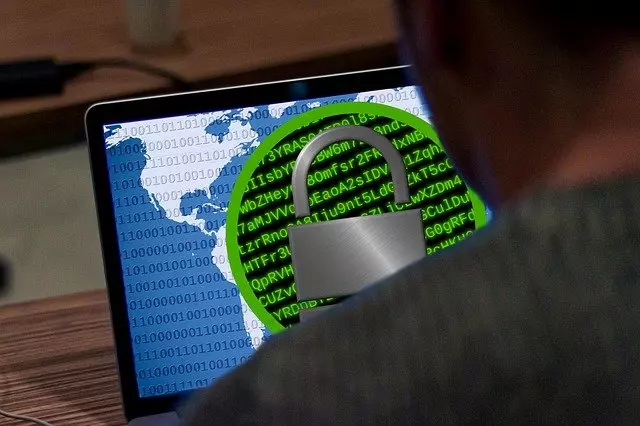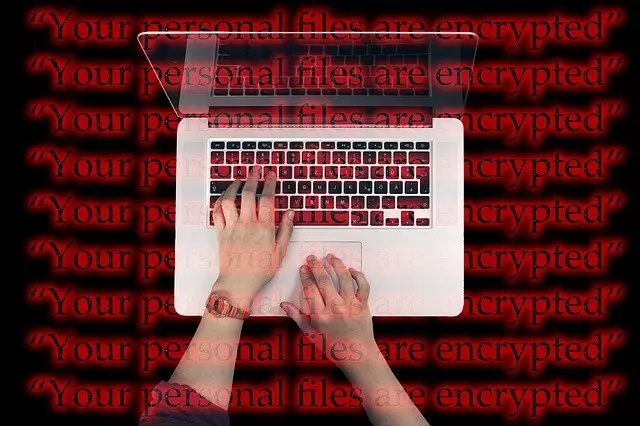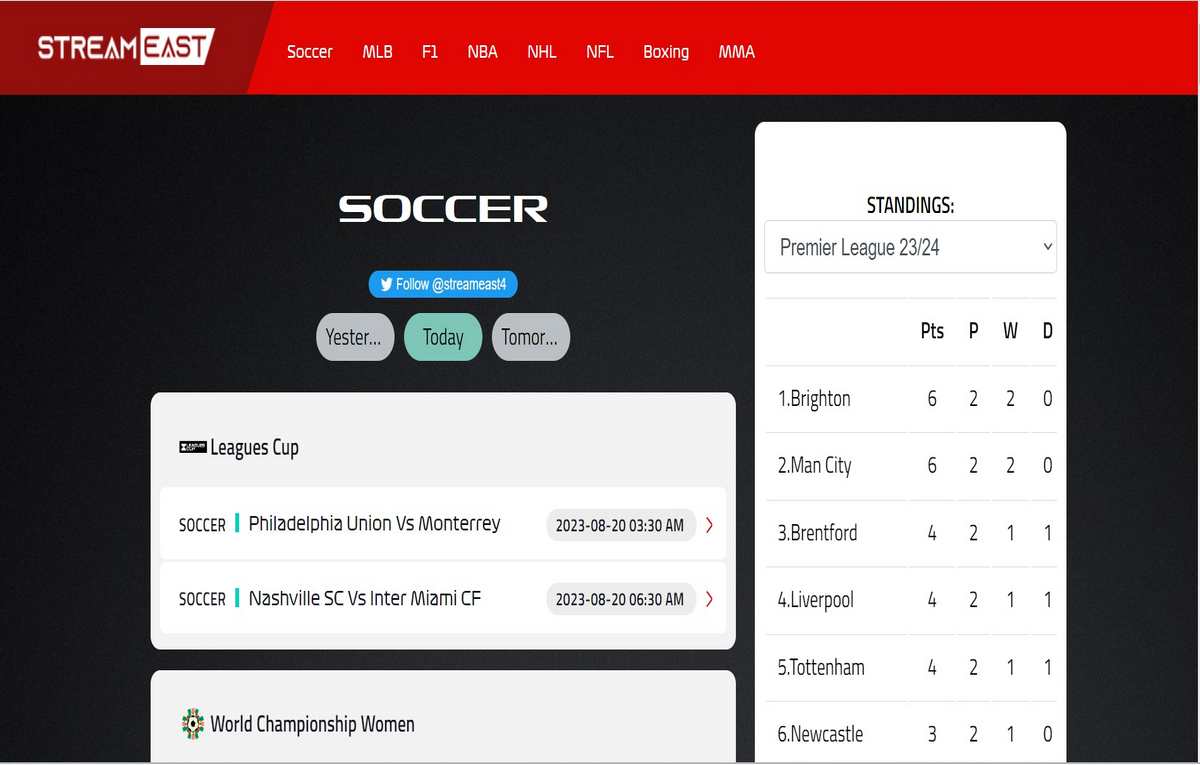
Users are increasingly exposed to numerous dangers from cybercriminals. Sadly, every day many Internet users end up infecting their computers with various types of malware, computer worms and more. However, one of the ones that currently worries us the most is ransomware and how it ends up encrypting our files. Despite the fact that many people did not know about it until relatively few years ago, it has already been present among us in the world of malware for many years. In this article, we are going to see how ransomware is still a danger after more than 30 years.
Origin of ransomware and why it is more dangerous
Ransomware is still a danger and its origin is not relatively close. In that aspect, it is surprising to discover that this attack technique has existed since 1989, so it has been present for more than 30 years. The first version was created by the father of Ransomware, Dr. Joseph L. Popp. At that time it was spread through floppy disks sent by mail. The program then demanded a hefty ransom of $189 if victims wanted their data back.
In an increasingly technology-dependent world, virtually all of our personal and business data is stored on platforms connected to the Internet. This means that in such a digital world it has become a gold mine for cybercriminals. For this reason, in the last year we have seen numerous attacks with ransomware such as Ryuk, REvil, NHS, Clop, Cezar, Pubg, Webroot and Cryptolocker.
Implement security best practices
We need to work on cybersecurity awareness because ransomware is still a danger, but it’s not the only one. Therefore, good cybersecurity practice must be promoted to help companies and individuals keep their data safe.
Over time, ransomware attacks have increased in sophistication and ransom prices have increased as well. If we listen to the 2021 digital defense ransomware guide, the average ransom payment in the first quarter of 2021 was €200,000. With such high profits, it is not surprising that ransomware is the malware of choice for cybercriminals to profit from.
Sometimes companies prefer to pay a ransom rather than risk disrupting their business and risk damaging their reputations. Simply put, it may be, or at least appear to be, that in some situations it is more profitable to pay than not to pay.
Ransomware is still a danger
The moment a company pays a ransom, it is encouraging cybercriminals to continue this practice. For this reason, it is better not to pay a ransomware ransom because it can also be harmful.
Ransomware remains such a serious threat that different stakeholders from all industries are coming together to try to combat it. One of those that does this is the Ransomware Task Force (RTF) which is a collaboration between more than 60 stakeholders including companies like Microsoft and Amazon, and various government agencies.
Therefore, as ransomware is still a danger A good measure that should be applied is cybersecurity awareness. A Clearswift by HelpSystems investigation of UK public sector workers found that almost 50% of those surveyed did not know what ransomware was. Furthermore, on the other hand, more than three quarters had not received instructions on how to recognize the ransomware.
Workers need to understand the dangers of ransomware and other types of attack as well. In addition, they should know what to do if they think they have been attacked. A safety culture starts at the top, educating all employees, including board members. On the other hand, this education has to be carried out continuously and not in a punctual way.
Lastly, don’t forget that ransomware is still a danger and we need to implement antivirus and DNS filtering, software patching and MFA, and other such best practices.



